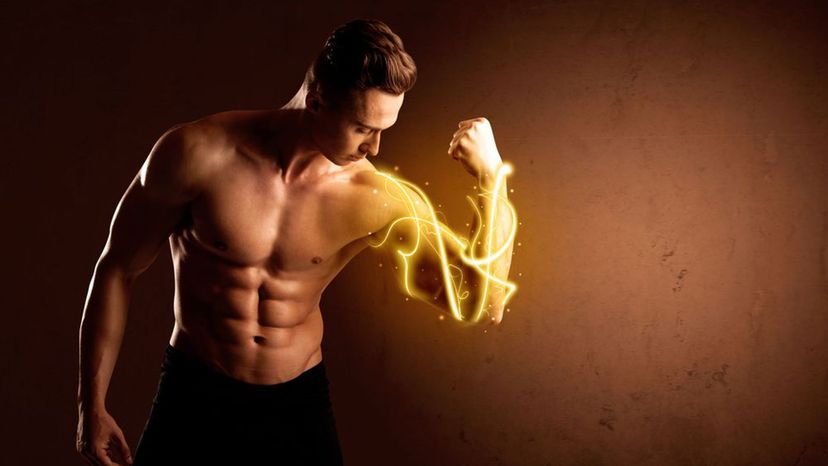
About This Quiz
Noggin, love handles, rear end, little piggies; what on earth could these words mean? What if I told you they are body parts? Well, they are in a way. These are slang words for body parts. How well do you know these slang words that are used in exchange for body parts? Could you pass a quiz on those slang words? Here's your chance to find out!
We all love slang words. That's why we use them daily. They're a part of common language, a fun way to communicate that helps us create images in which to define a word. That's no different for body parts. In fact, it's probably even more common when it comes to body parts. After all, it's kinda boring and confusing to say, "my gluteus maximus hurts from working out yesterday." Instead, we exchange gluteus maximus for various other terms, some that are more appropriate, and some that might be a little less appropriate.
Do you know all of the slang words that we use for different body parts? Can you tell us the different names for our head? What about our fingers and toes? If you think you can, take this quiz and prove it. That's if you're up for the challenge, of course!
Advertisement
Advertisement
Advertisement
Advertisement
Advertisement
Advertisement
Advertisement
Advertisement
Advertisement
Advertisement
Advertisement
Advertisement
Advertisement
Advertisement
Advertisement
Advertisement
Advertisement
Advertisement
Advertisement
Advertisement
Advertisement
Advertisement
Advertisement
Advertisement
Advertisement
Advertisement
Advertisement
Advertisement
Advertisement
Advertisement
Advertisement
Advertisement
Advertisement
Advertisement
Advertisement